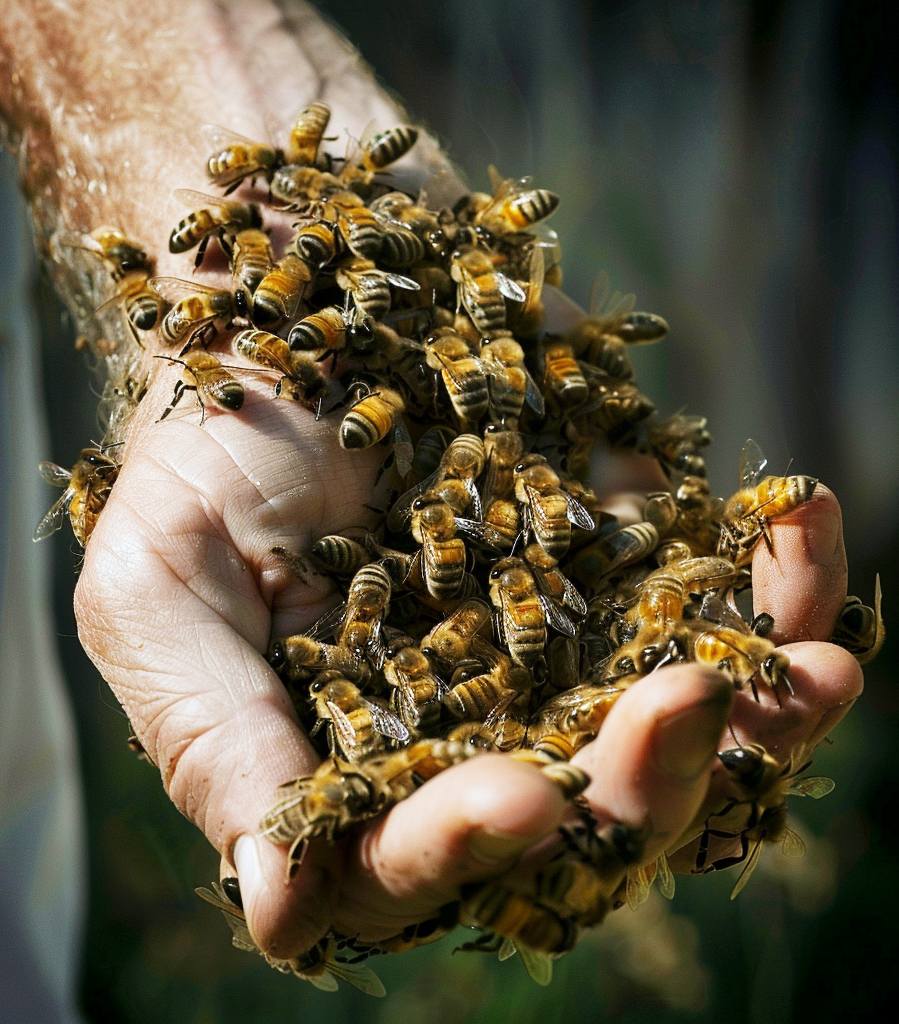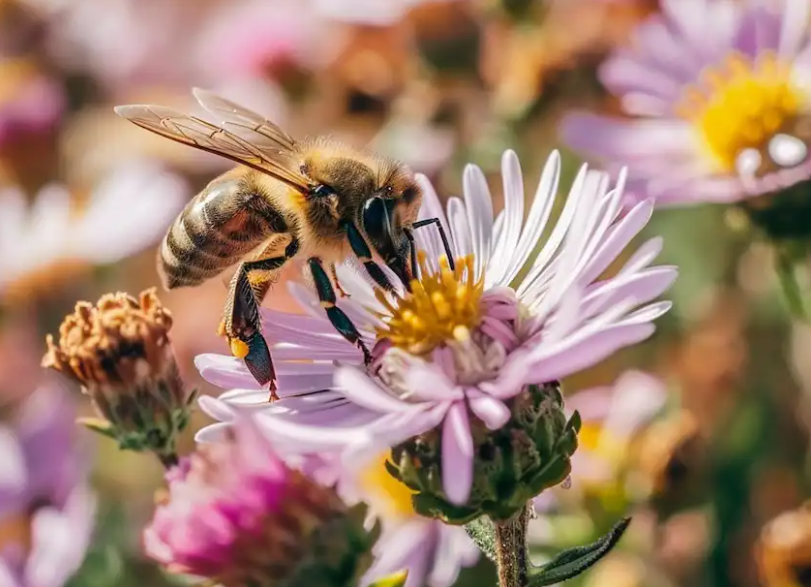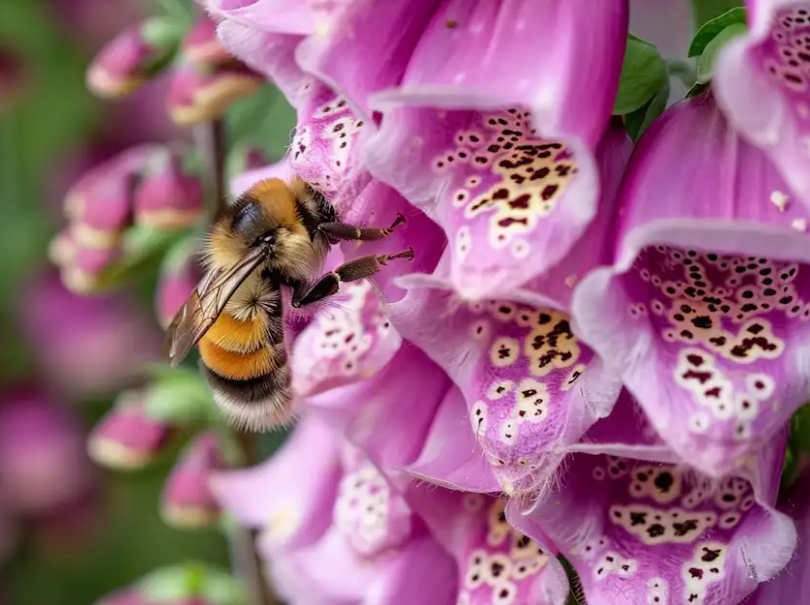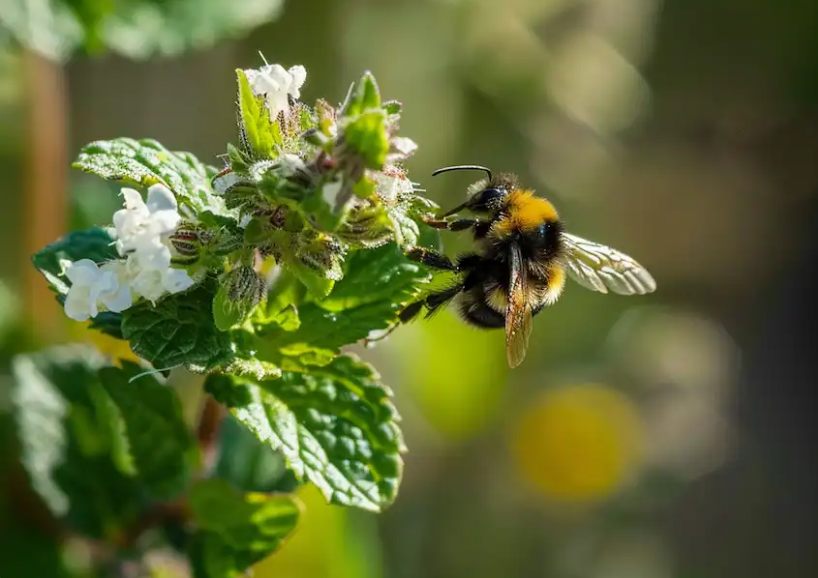
Bees play a crucial role in pollinating plants, which helps in the production of fruits, vegetables, and seeds. However, their populations are declining due to habitat loss, pesticides, and disease. Planting bee-friendly plants is a simple yet effective way to support and save bee populations. This article provides a comprehensive guide on what plants to grow to aid bee conservation, detailing why these plants are beneficial and how to cultivate them in your garden.

Why Plant Bee-Friendly Plants?
Bee-friendly plants provide bees with nectar and pollen, which are essential for their nutrition. By creating a bee-friendly garden, you not only support the local bee population but also contribute to the biodiversity and health of your garden ecosystem.
List of Bee-Friendly Plants
1. Lavender (Lavandula)
Why: Lavender is rich in nectar, which bees love. Its fragrance also attracts bees from afar.
How to Plant: Plant lavender in well-drained soil and full sun. Space plants about 18 inches apart to allow for growth and air circulation.
2. Sunflowers (Helianthus)
Why: Sunflowers produce abundant pollen, which is a vital food source for bees. They also attract bees to your garden.
How to Plant: Sow sunflower seeds 1 inch deep and 6 inches apart in a sunny spot. Water regularly.
3. Borage (Borago officinalis)
Why: Borage is known for its high nectar production, which replenishes quickly, making it a favorite among bees.
How to Plant: Plant borage in well-drained soil under full sun. Sow seeds directly in the ground in spring, spacing them about 12 inches apart.
4. Foxglove (Digitalis)

Why: The tubular shape of foxglove flowers is perfect for bees, providing them with an excellent source of nectar.
How to Plant: Foxgloves prefer partial shade and rich, moist soil. Sow seeds in late spring or early summer, spacing plants about 15 inches apart.
5. Rosemary (Rosmarinus officinalis)
Why: Rosemary’s flowers provide nectar throughout the year, offering a consistent food source for bees.
How to Plant: Rosemary thrives in full sun and well-drained soil. Plant cuttings or seedlings about 2 feet apart.
6. Coneflower (Echinacea)
Why: Coneflowers are not only attractive to bees but also easy to grow and maintain.
How to Plant: Plant coneflowers in full sun or partial shade in moderately fertile, well-drained soil. Space plants about 1 to 3 feet apart.
7. Mint (Mentha)
Why: Mint flowers are rich in nectar, and their strong scent attracts bees.
How to Plant: Mint can be invasive, so it’s best planted in pots. Place in a sunny or partially shaded area and water regularly.

Tips for Creating a Bee-Friendly Garden
Provide Water: Bees need water to drink and cool their hives. Set up a shallow water source with landing spots for bees.
Avoid Pesticides: Pesticides can harm bees. Opt for organic pest control methods.
Plant in Clusters: Planting flowers in clusters rather than singly makes them more attractive to bees.
Include Variety: A variety of plants flowering at different times of the year ensures a consistent food source for bees.
By planting these bee-friendly plants, you can contribute significantly to saving bees and supporting biodiversity. A garden buzzing with bees is not only a sign of a healthy ecosystem but also ensures the productivity of your fruits and vegetables. Starting a bee-friendly garden is a step towards a more sustainable and environmentally conscious gardening practice.

















